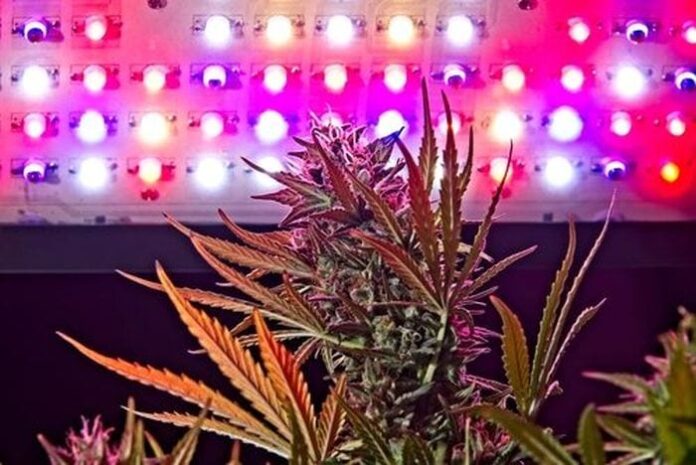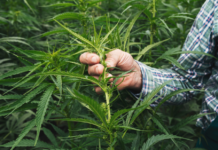One of the most commonly asked tech questions among growers is which type of bulb is best? Unfortunately, there’s no clear-cut answer to this, mainly because each of the commonly used bulb types for cannabis cultivation comes with both pros and cons.
The main thing to remember when deciding on your type of bulb is that every home grow op is different. The type of bulb that works for your buddy down the road might not offer the same high yields and beefy buds for your own plants.

About the Common Bulb Types for Growing
There’s a growing demand for LED bulbs among all types of growers, and it’s no suprise as to why. LED grow lights are extremely low on energy consumption, they don’t produce a lot of heat, and they give off the full-color spectrum of light.
Another popular bulb type is HPS, which stands for high-pressure sodium. This bulb type delivers more intense light than an LED is capable of, but this also means that it gives off more heat. The same goes for CMH (ceramic metal halide) bulbs, which fall under the same category as HPS.
Why Choose LED Bulbs
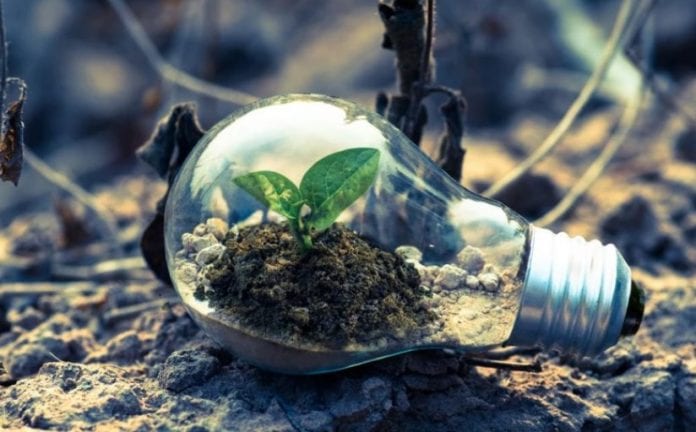
As we already mentioned, LEDs are the most energy-efficient of the 3 common bulb types for growers. This is the main advantage that LEDs have over HPS lights – but it’s not the only one. In addition to energy efficiency, LEDs allow a grower to customize the color spectrum based on the phase of the grow op.
The light color spectrum plays a major role in how plants grow. Most grow lights have a set spectrum that can’t be altered, but this isn’t the case with LEDs. The products that are
considered the best LED grow lights on the market allow you to make adjustments to the color spectrum emissions of each diode. You can check this site and see the review of 10 best LED lights for marijuana growing in Canada.
Another perk of LEDs is that most of them come with built-in cooling features. Modern LEDs used for growing cannabis are built with heatsinks and small fans for more efficient dissipation of heat. In an LED grow room, there is very little risk of your plants suffering from heat-related problems.
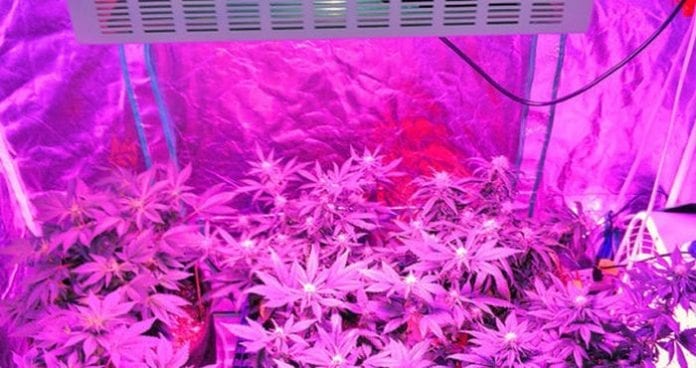
Drawbacks of LEDs
Now that you know the pros of choosing LEDs, it’s important that you weigh these benefits with the cons. The main drawback of LED lights is that they are not as capable of penetrating the light canopy as HPS and CMH bulbs.
Another not-so-great thing about LEDs is that they aren’t cheap, especially the premium models. To give you an idea of pricing, a new high-quality 600W HPS grow light could cost $200, but for a 600W LED, you could easily pay up to $800.
Why Choose HPS Bulbs
HPS bulbs are high in intensity, which is why they fall under the HID (or high-intensity discharge) category of bulb types. Unlike LEDs, HPS bulbs don’t emit the full-color spectrum of light. Instead, they give off yellow and red light, which is ideal for plants in the flowering phase. The red light especially leads to fat buds and higher yields.
HPS lights cost less on average per watt than LEDs. Plus, the modern HPS lights are built with dimmable features, allowing a grower to have better control of the light emission.
Drawbacks of Growing with HPS Lights
The biggest drawback of HPS lights is the high heat output, so you really need to focus on good ventilation and strong airflow in your grow room if you opt for HPS bulbs. If you have a small grow space and you’re only cultivating a few plants, you’re better off using LEDs to prevent overheating.
HPS lights are much more suited to larger grow operations, and they require a lot of vertical space. Hanging HPS lights too close to the plant canopy can result in problems like plant burn and singe, so if you don’t have the necessary ceiling space, LEDs are the better choice.
What About Fluorescents?
Fluorescent bulbs like T5s and CFLs are a great starting point, but once a grower advances from beginner-status, it’s time to advance to LEDs and HPS bulbs. Fluorescents are cheap, energy-efficient, and they give off very little heat, but they’re not capable of delivering the necessary light intensity and color spectrum during plant flowering.
That said, fluorescents are a solid choice for the early phases of the grow op and they’re ideal for seeds and clones. If you plan on growing smaller plants or you’re trying to control plant size, fluorescents can keep your plants from getting too big and taking over the grow space.
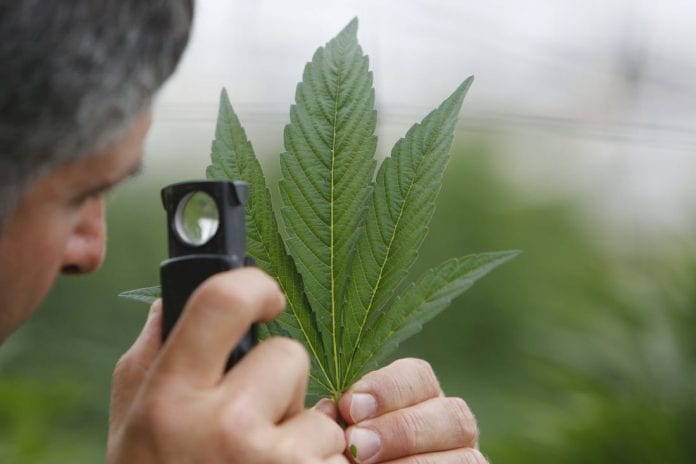
So What’s a Grower to Do?
As you can see, there’s no straight answer to the question, which grow light is best? There are a lot of factors involved, including budget, grow room space, and phase of the grow. The main suggestion for everyone from small-time ACMPR medical growing to professional licensed producers with massive grow ops is to switch out lights based on the phase of the operation.
Feel free to start with fluorescents during the seedling phase, then move to either LEDs or HPS lights for more light intensity.
